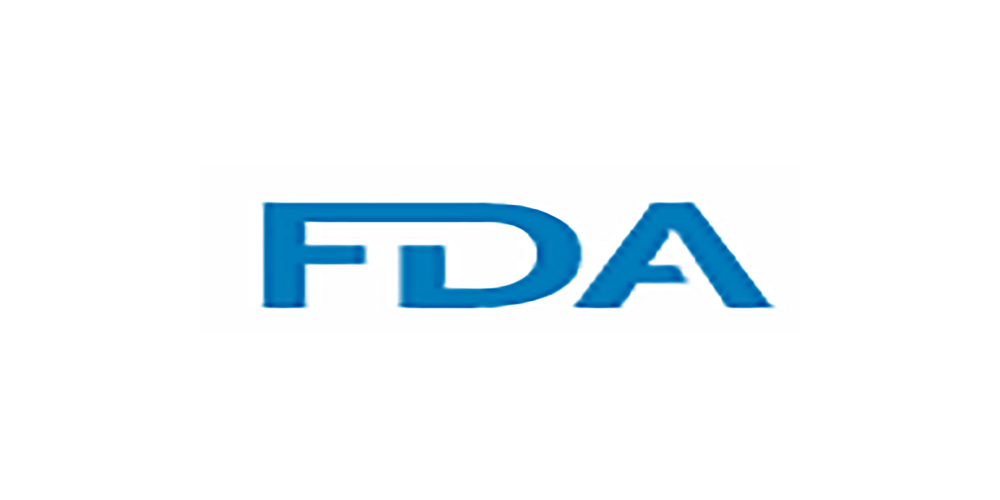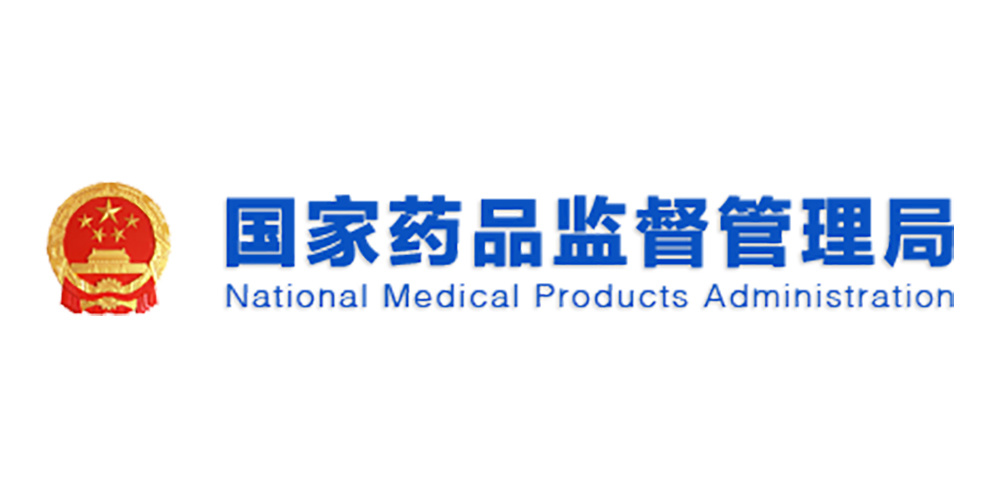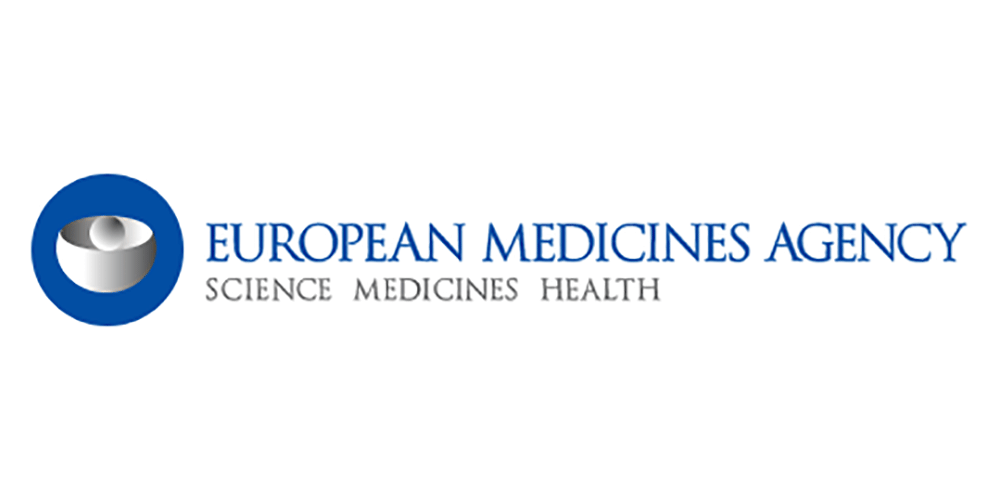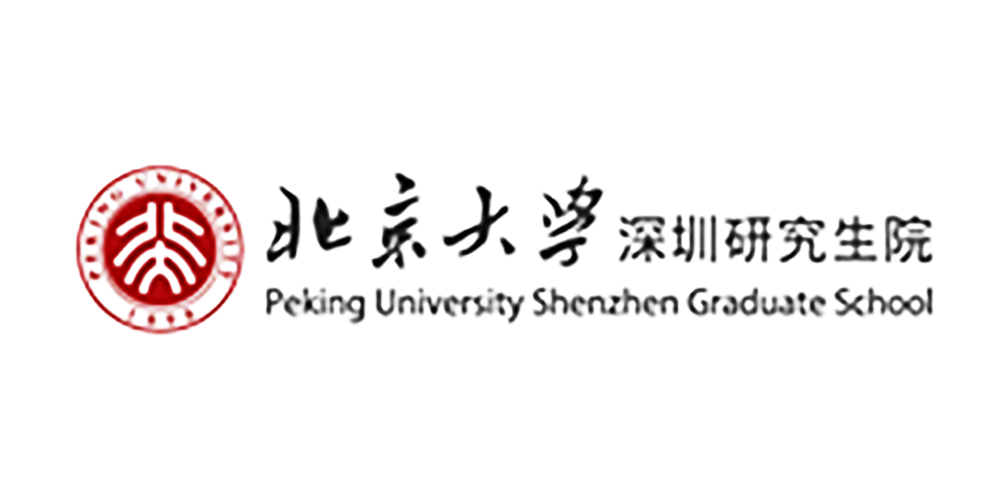News attention
05
2022
-
03
Scientific research trends | Pingshan Center has developed a new probe of propargyl sulfonium salt to target and label cysteine proteome in living cells
Recently, Li Zigang's research group from the School of Chemical Biology and Biotechnology of Peking University Shenzhen Graduate School, Shenzhen Bay Laboratory Pingshan Biomedical R&D and Transformation Center, and Zhang Liang's research group from the Department of Biomedical Sciences of City University of Hong Kong published a report entitled "Low-toxicity Sulfonium-based Probes for Cysteine-specific Profiling in" in the journal Analytical Chemistry Live Cells". This work continues the team's research on the reaction of electrophilic propargylsulfonium salts to modify nucleophilic residue cysteine residues, and designs and synthesizes a new functionalized active small molecule probe (ABP) "C-Sul" that has been studied in chemical proteinology, targets labeling living cells, and analyzes cysteine proteomes.
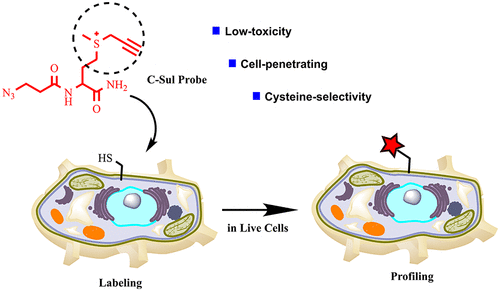
The modification of endogenous proteins can realize the regulation of protein functions in time and space, thereby affecting the growth and reproduction, metabolism, apoptosis and other functions of cells, including photocatalysis, unnatural amino acid insertion, proximity marking, chemical modification, etc. While many new chemical methods have emerged over the past 20 years to modify proteins, chemical modification of low-abundance endogenous proteins at the living cell level remains very challenging. Sulfonium salt is a ubiquitous active functional group in living organisms, is a positive tetravalent sulfur (S) compound with a positive charge, the general formula is R3S+X-, easy to prepare in organic synthesis and has many activities. In this paper, the chemical modification imaging and color development of endogenous proteins in cells were carried out by taking advantage of the biocompatibility characteristics of C-Sul probe, such as good water solubility, easy availability and low toxicity (far lower than traditional iodoacetamide IA probe).

Finally, the C-Sul probe was tried to label and analyze the endogenous protein cysteine proteome in living cells, and 3822 proteins were obtained, of which 3150 proteins were shared with the IA probe labeled proteome of the same concentration, which provided a novel probe tool for the study of the active cysteine proteome of the endogenous proteome in living cells.
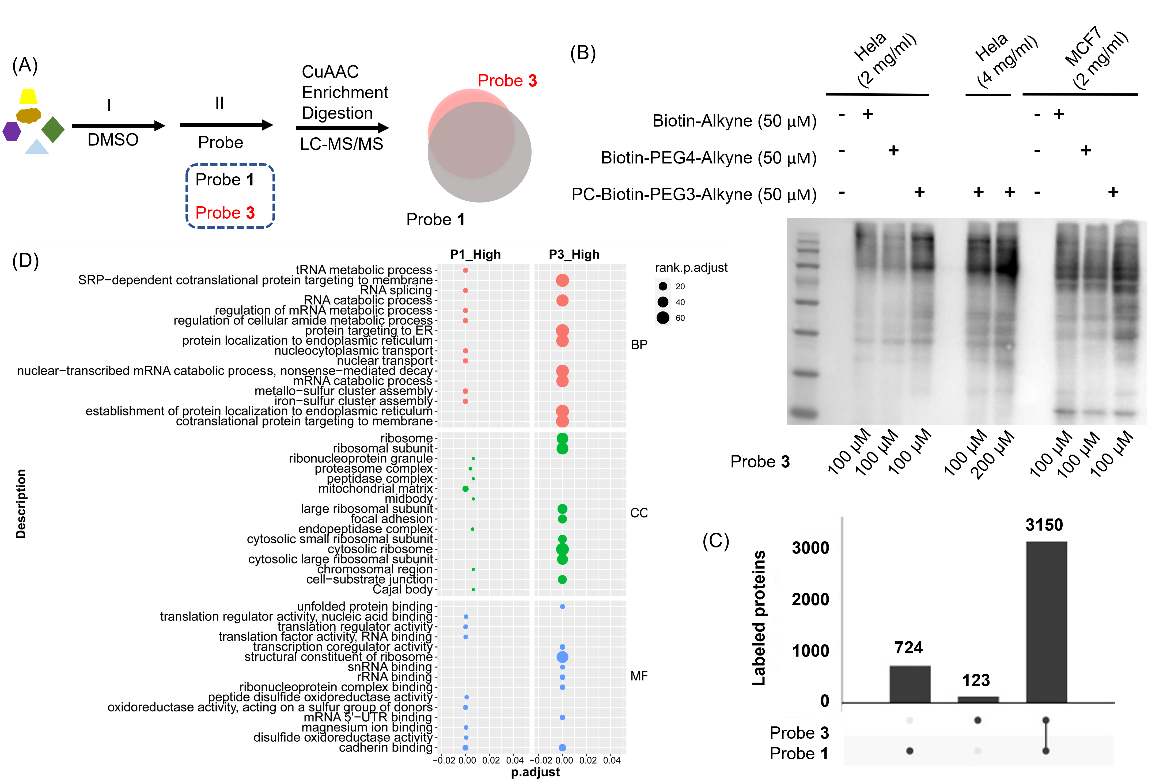
Wang Rui of Pingshan Center and Yang Dongyan of Zhongkai College of Agricultural Engineering are joint first authors of the paper, Professor Li Zigang of Peking University Shenzhen Graduate School/Pingshan Center and Professor Zhang Liang of the Department of Biomedical Sciences of City University of Hong Kong are joint correspondence, and An Yuhao, Liang Mingchan, Hou Zhanfeng of Pingshan Center and Chang Qi of China Pharmaceutical University also contributed to this paper. The above work has been supported by the National Natural Science Foundation of China, the National Key R&D Program "Synthetic Biology", the Natural Science Foundation of Guangdong Province, the Shenzhen Science and Technology Innovation Commission, the Beijing National Laboratory for Molecular Sciences, the Shenzhen Institute of Brain Science-Shenzhen Basic Research Institute, the financial support of the Shenzhen Bay Laboratory Major Plan and the Shenzhen Bay Laboratory Open Plan, and the State Key Laboratory Independent Research Key Project Support.
Full text link: https://pubs.acs.org/doi/10.1021/acs.analchem.1c05129
Li Zigang's research group homepage: https://scbb.pkusz.edu.cn/info/1015/1012.htm
Shenzhen Bay Lab: https://www.szbl.ac.cn/scientificresearch/researchteam/68.html
Shenzhen Bay Lab Recruitment: https://www.szbl.ac.cn/careers/recruitment/
Shenzhen Bay Laboratory Pingshan Biomedical R&D and Transformation Center Recruitment: http://www.szbl.ac.cn/careers/recruitment/?unit=10
Written by | Wang Rui
Editor | Qiu Tian
Proofreading | Zhang Tiantian
Audit | Chen Longjian
RELATED NEWS




